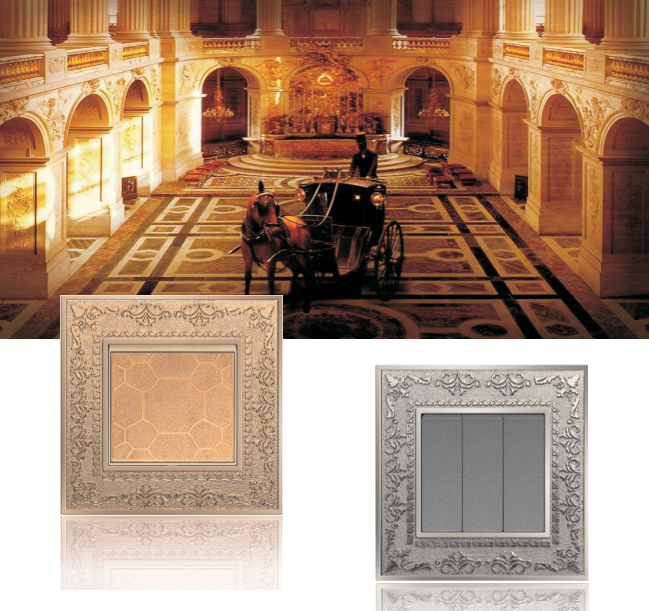Email format error
Email cannot be empty
Email already exists
6-20 characters(letters plus numbers only)
The password is inconsistent
Email format error
Email cannot be empty
Email does not exist
6-20 characters(letters plus numbers only)
The password is inconsistent



To judge the quality of switches and sockets, experts have summarized a number of methods, all of which are important and are related to quality more or less. But the most important thing is to look at the quality of internal copper parts.
The internal copper parts of sockets include current-carrying parts and plugs, which are the core components for connecting power supply and the key components to ensure smooth current flow and reduce heat generation.
To judge the quality of copper parts, there are four major indicators: thickness, toughness, oxidation resistance and one-piece or riveted. The specific requirements of the four indicators are as follows:
An important factor influencing these four indicators is the material of the copper parts themselves. In the past, brass was used as the main carrier, but now it has become the end.
Comparing Brass and Tin-Phosphor Bronze for Sockets
In the early days of brass for conduction, it was because of its performance fit, which was the best material at the time. Brass has a bright yellow appearance, excellent conductivity, softer texture, wear-resistance, but not ideal in terms of oxidation resistance and toughness (elasticity). After long-term use of brass, the surface of the copper piece will be oxidized and rusted, and the color will darken, which will increase the contact resistance; after repeated plugging and unplugging, due to the poor toughness of brass, it will be severely deformed, often unable to get electricity, or form arcs due to poor contact, unable to ensure safe electricity use.
Improving Socket Quality: Transitioning from Brass to Tin-Phosphor Bronze
With the emergence of better tin-phosphor bronze materials, it quickly replaced brass and became the mainstream. Tin-phosphor bronze alloy has a purplish red appearance, its biggest feature is its high fatigue strength, very strong elasticity, excellent corrosion resistance and oxidation resistance. Even after long-term use, the surface will not be oxidized and corroded, and the plug and socket will not be deformed, always maintaining a suitable clamping force. Famous brands are basically tin-phosphor bronze, so as to ensure the merchant’s promised 8-12 year service life, and some merchants are confident enough to promise a 20-year warranty.
For more switch socket related knowledge and product information, please contact us.